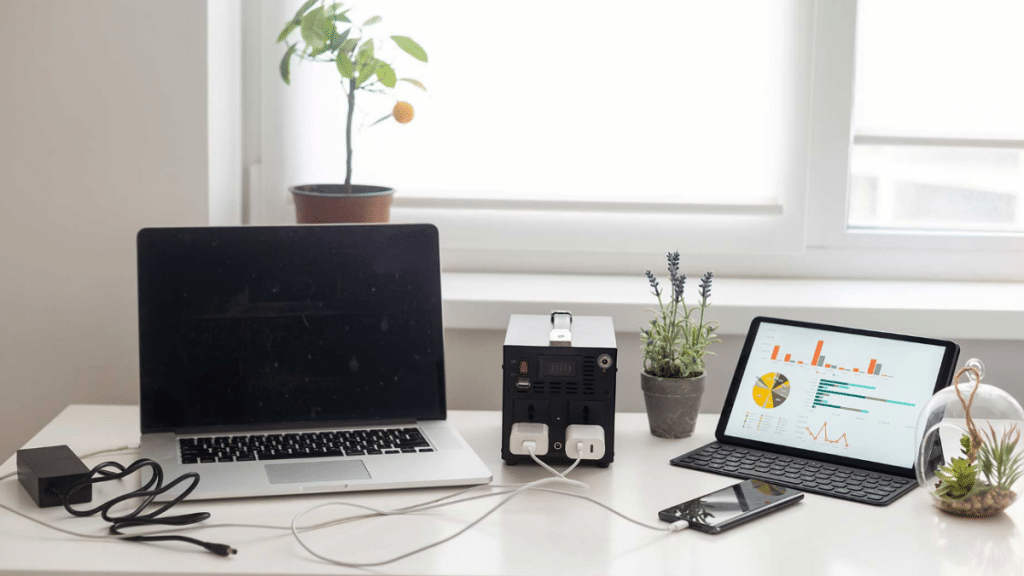When it comes to load shedding in South Africa, the struggle is all too real. But there’s hope on the horizon! By exploring load shedding solutions like solar panels and inverters, you can regain control over your power supply and minimize disruptions to your daily life. Let’s dive into these energy-saving alternatives and see how they can help you beat the load shedding blues!
Solar Panels: Your Eco-Friendly Load Shedding Solution
Harnessing solar energy is an excellent way to reduce your dependence on the grid, especially during load shedding. Here are some of the top benefits of installing solar panels in your home:
- Renewable energy: Solar power is a clean and abundant energy source that doesn’t contribute to pollution.
- Cost savings: Lower your monthly electricity bill and potentially qualify for tax incentives.
- Low maintenance: Solar panels require minimal upkeep and typically last for 25+ years.
How Solar Panels Work During Load Shedding
Solar panels generate electricity by capturing sunlight and converting it into usable energy. When load shedding strikes, your solar panels can still produce power as long as there’s sunlight. However, it’s essential to understand that solar panels alone can’t keep your home powered during a power outage. That’s where inverters come in!
Inverters: The Key to Uninterrupted Power Supply
Inverters play a crucial role in maintaining a continuous power supply during load shedding. Here’s why they’re essential in your load shedding solution arsenal:
- Converts energy: Inverters convert the DC electricity produced by solar panels into AC electricity, which powers most household appliances.
- Energy storage: When paired with a battery system, inverters store excess solar power for use during load shedding or at night.
- Uninterrupted power supply: With the right setup, inverters can seamlessly switch between solar and grid power, ensuring your home stays powered during outages.
Choosing the Right Inverter for Your Needs
When selecting an inverter, consider these factors to make the best choice for your home:
- Power capacity: Ensure the inverter can handle the power requirements of your essential appliances during load shedding.
- Battery compatibility: Check that the inverter works with your chosen battery system for energy storage.
- Efficiency: Opt for a high-efficiency inverter to maximize energy savings and reduce wasted power.
Combining Solar Panels and Inverters: A Winning Load Shedding Solution
By integrating solar panels and inverters, you’ll create a robust load shedding solution that keeps your home powered and reduces your dependence on the grid. Here’s how to get started:
- Assess your power needs: Determine which appliances and devices you need to keep running during load shedding.
- Calculate required solar capacity: Based on your power needs, figure out the size and number of solar panels you’ll need to generate sufficient electricity.
- Select an inverter and battery system: Choose an inverter with the right capacity and battery compatibility to ensure seamless power supply during load shedding.
- Consult a professional: Reach out to a reputable solar installation company to design, install, and maintain your solar panel and inverter system.
Final Thoughts
Investing in load shedding solutions like solar panels and inverters is a smart move for South Africans who want to reduce their reliance on the grid, save on electricity costs, and minimize the impact of load shedding. By making the switch to renewable energy sources and utilizing battery storage systems, you’ll enjoy uninterrupted power supply and a more sustainable lifestyle.
So, let’s gear up and embrace these eco-friendly load shedding solutions to make our lives a little brighter and greener!

